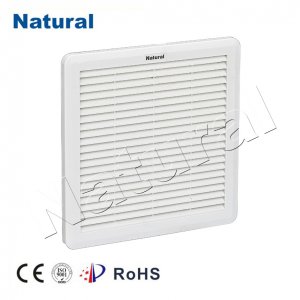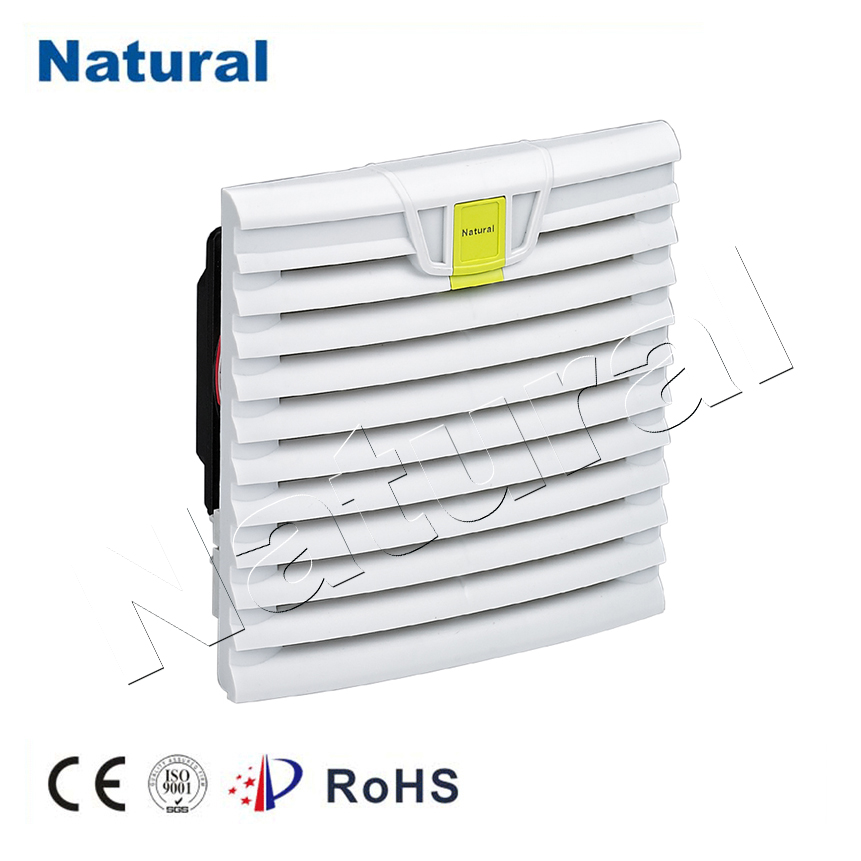In modern electronics, efficient cooling and clean air circulation are crucial for maintaining device performance and longevity. Two components that play a significant role in this regard are fans and filters. These seemingly simple elements, when working together, help regulate temperature and ensure that electronic devices operate smoothly without overheating or accumulating harmful dust. This article explores the importance of fans and filters in various applications, how they function, and why they are essential for preserving the life of electronic equipment.

The Function of Fans

A fan, in its simplest form, is a mechanical device that moves air to promote cooling. In electronics, fans are primarily used to prevent overheating, which can lead to system failures, crashes, or even permanent hardware damage. The importance of fans becomes evident when we consider devices like computers, servers, and gaming consoles, all of which generate substantial heat during operation. When electrical components such as processors or graphics cards work, they produce heat due to the electrical energy passing through them. If this heat is not dissipated, it can lead to thermal throttling—where the system reduces its performance to prevent overheating—or, in worse cases, complete failure of the hardware. To mitigate this, fans work by circulating air, pushing hot air out of the device, and drawing cooler air in to maintain an optimal temperature.
